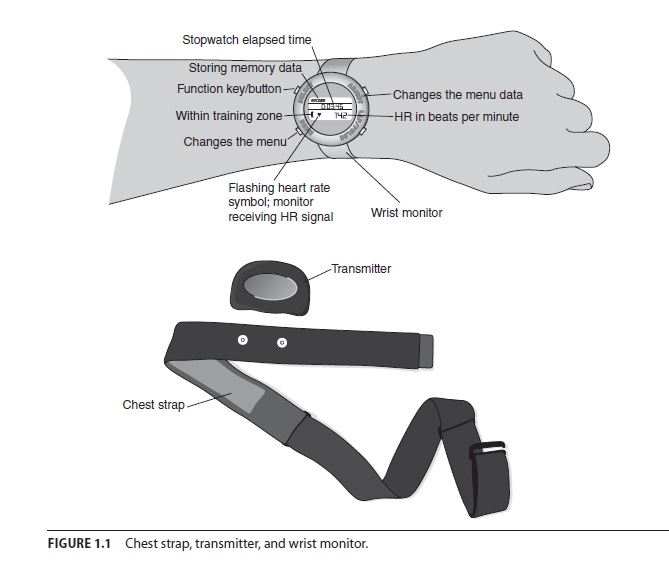 Heart rate monitors were in the realm of science fiction not so very long ago. Researchers started checking heart rates around 1912 by using water buckets as counterweights in the first laboratory model. The first electronic heart rate monitoring tool, the electrocardiograph, was originally the size of a room. You would certainly not want to carry one of those around (if you could afford one).
Heart rate monitors were in the realm of science fiction not so very long ago. Researchers started checking heart rates around 1912 by using water buckets as counterweights in the first laboratory model. The first electronic heart rate monitoring tool, the electrocardiograph, was originally the size of a room. You would certainly not want to carry one of those around (if you could afford one).
Thankfully, we now have the personal heart rate monitor in a variety of models. It may not do everything the electrocardiograph in your doctor’s office does, but it very nicely meets the needs of people who want to accurately measure their heart rate and use that information to create their own individualized fitness programs. Today’s heart rate monitors are the size of a wristwatch and the price of a pair of good-quality athletic shoes.
As introduced earlier, a heart rate monitor provides biofeedback about the heart. It accurately reports the average number of times the heart contracts in one minute by picking up the electrical signals given off by the heart and then transmitting this information to the receiver.
The terms heart rate monitor and heart rate watch are synonymous. Most, but not all, monitors are watches. The monitor itself (the receiver) collects the output data transmitted from the transmitter and processes it through a computer chip to calculate a heart rate number. This number is updated every three to five seconds. When you turn on a heart rate monitor, ignore the first few readings that appear; the software inside the monitor needs several sample heart rate readings before it can accurately calculate a value. Likewise, if you quickly increase or decrease exercise intensity during training, the heart rate values displayed will always lag slightly behind your real-time heart rate.
There are three components to most analog or digital wrist heart rate monitors: an elastic chest strap, a transmitter, and a receiver, or wrist monitor. Some wrist models have only two pieces because the chest strap and transmitter are combined. Projection monitors also have only two parts, the elastic chest strap and the transmitter.
- Chest strap. This adjustable elastic belt is worn snugly around the chest, usually just below the nipple line. Attached to the elastic chest strap is the transmitter unit.
- Transmitter. The transmitter attaches to or is part of the chest strap. The transmitter picks up the electrical signal, translates it into data, and sends the data to the wrist monitor via an electromagnetic field, similar to a radio wave.
- Wrist monitor. The wrist monitor (receiver) looks like a wristwatch and functions as the receiver of the transmitter’s signals. Different wrist monitors give different displays, but the basic information is the same: they display heart rate in beats per minute (bpm) (see figure 1.1).
- Projection receiver. Sometimes referred to as a team system, this style of receiver collects individual data streams from multiple transmitter belts consecutively and sends them to a computer that displays all heart rates on a screen on the wall. The pod is connected to the PC via a USB cable.
Post Views: 169